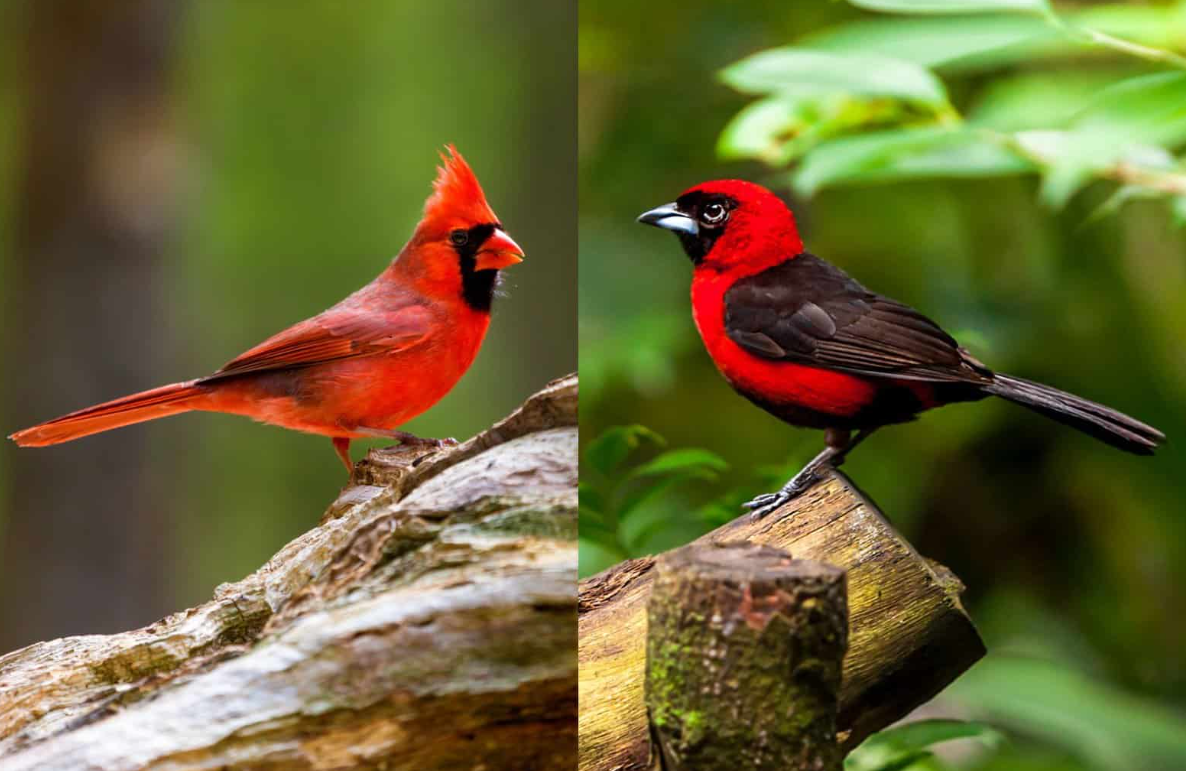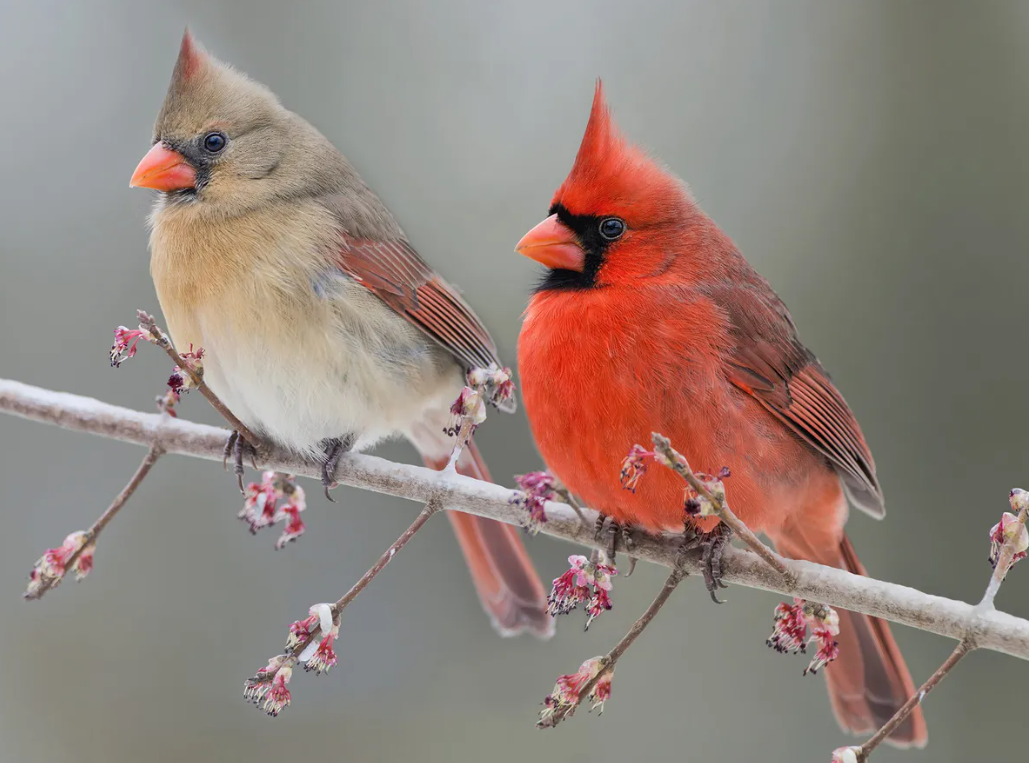
Best Female Cardinal in the United States 2024 A Comprehensive Guide
The female cardinal is an image of effortlessness, class, and the tranquil magnificence of nature. In contrast to her male partner with clear red plumage, the shows a subtler, hearty range of warm tan, brown, and delicate ruddy tints. These striking birds are local to North America and are revered by bird lovers, natural life picture takers, and patio birdwatchers the same.
This guide offers all that you want to be familiar with the in 2024, from recognizing them to figuring out their propensities and in any event, drawing in them to your yard. Whether you’re a fledgling birdwatcher or an accomplished ornithologist, this far reaching asset will rouse a more profound appreciation for these glorious animals.
Introduction to the Female Cardinal
The female cardinal (cardinalis) is quite possibly of the most respected bird in North America. These warblers, frequently seen roosted nimbly in bushes or singing pleasantly from trees, represent trust, essentialness, and love. In 2024, their notoriety keeps on developing as individuals perceive their environmental significance and magnificence.
Curiously, cardinals are the state bird of seven U.S. states, including Ohio, Illinois, and Virginia. specifically, have turned into the unrecognized yet truly great individuals of the cardinal species, frequently eclipsed by the conspicuous guys however respected for their rich appearance and supporting nature.
The Unique Traits of the Female Cardinal
The female cardinal has a few particular qualities that make her stick out:
Plumage and Appearance
- Not at all like the energetic red male, the plumage is an amicable mix of delicate earthy colors, tans, and traces of rosy tones on her wings, peak, and tail. This shading adds to her inconspicuous magnificence as well as helps her cover while settling.
Singing Way of behaving
- Not at all like most female larks, sing. Their tunes are complicated and are in many cases sung during settling season to speak with their mates.
Mouth and Peak
- Female cardinals have a radiant orange, cone-molded mouth, ideal for breaking seeds. Their unmistakable peak adds a demeanor of magnificence, making them in a flash conspicuous.
Habitat and Distribution of Female Cardinals in the U.S.
Favored Environments
Female cardinals are versatile and flourish in different conditions, including:
- Forests
- Patios with thick vegetation
- Shrublands
- Wetlands and bogs
They lean toward regions with a lot of foliage for settling and insurance. Cardinals are non-transitory, and that implies they should be visible all year in their reach.
Local Dispersion
Cardinals are boundless across the eastern and focal US. States like Texas, Florida, and Pennsylvania have huge populaces, making them brilliant spots for cardinal watching.
In rural regions, cardinals have adjusted well to human presence, frequently visiting feeders and nurseries.
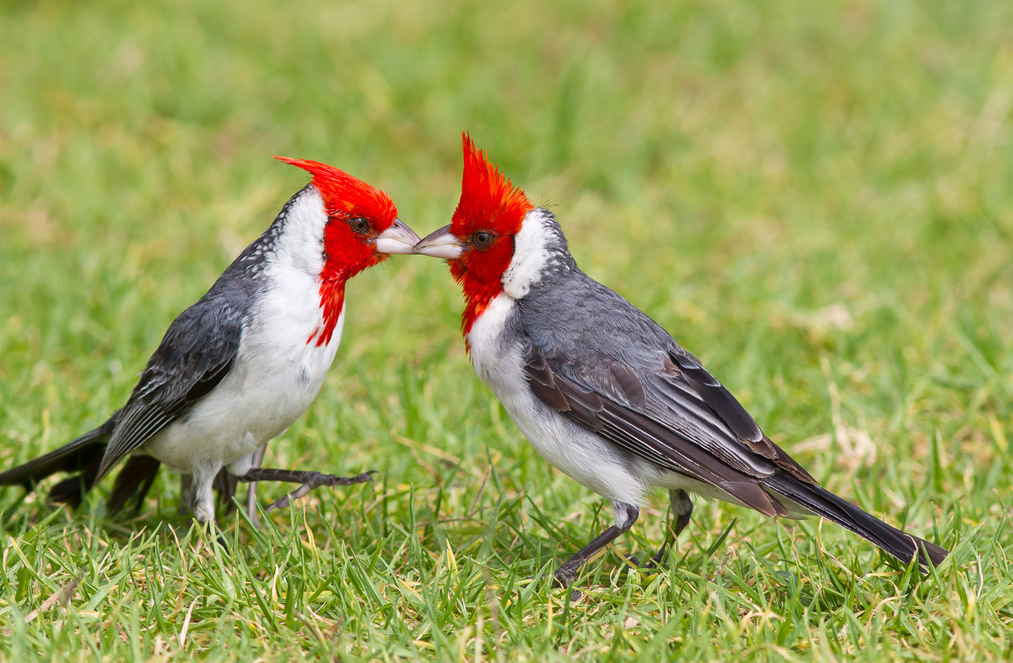
The Diet of Female Cardinals
Normal Eating routine
Female cardinals have a differed diet that incorporates:
- Seeds: Sunflower seeds, safflower seeds, and millet are cardinal top choices.
- Fruits: Berries like elderberries, dogwood berries, and blackberries give fundamental supplements.
- Insects: Grasshoppers, scarabs, and caterpillars are indispensable wellsprings of protein, particularly during settling season.
Taking care of Tips for Lawn Devotees
- Use feeders with plate or stages, as cardinals incline toward roosting while at the same time eating.
- Keep away from modest seed blends in with filler grains like milo and wheat.
- Place feeders in protected, shielded spots close to bushes or trees.
How to Attract Female Cardinals to Your Backyard
Drawing in female cardinals to your yard requires a mix of food, safe house, and water.
- Give a Consistent Food Supply
- Put resources into cardinal-accommodating bird feeders loaded up with sunflower seeds, safflower seeds, and peanuts. Adding dried or new natural product like raisins or hacked apples can make your yard much seriously engaging.
- Establish Home Agreeable Conditions
- Plant local bushes and trees like holly, elderberry, and dogwood to give regular settling spots. Abstain from managing bushes during settling season to forestall upsetting their natural surroundings.
- Add a Water Source
- Water basins or little wellsprings are overwhelming to. Guarantee the water is perfect and set in an obscure, safeguarded region.
- Keep Hunters Under control
- Female cardinals are powerless against felines and bigger flying predators. Place feeders and settling encloses regions with negligible openness to hunters.
Genuine Model:
In North Carolina, a mortgage holder made a cardinal-accommodating nursery by establishing berry-delivering bushes and introducing a little water basin. By spring, were consistently visiting to take care of and home, giving interminable birdwatching pleasure.
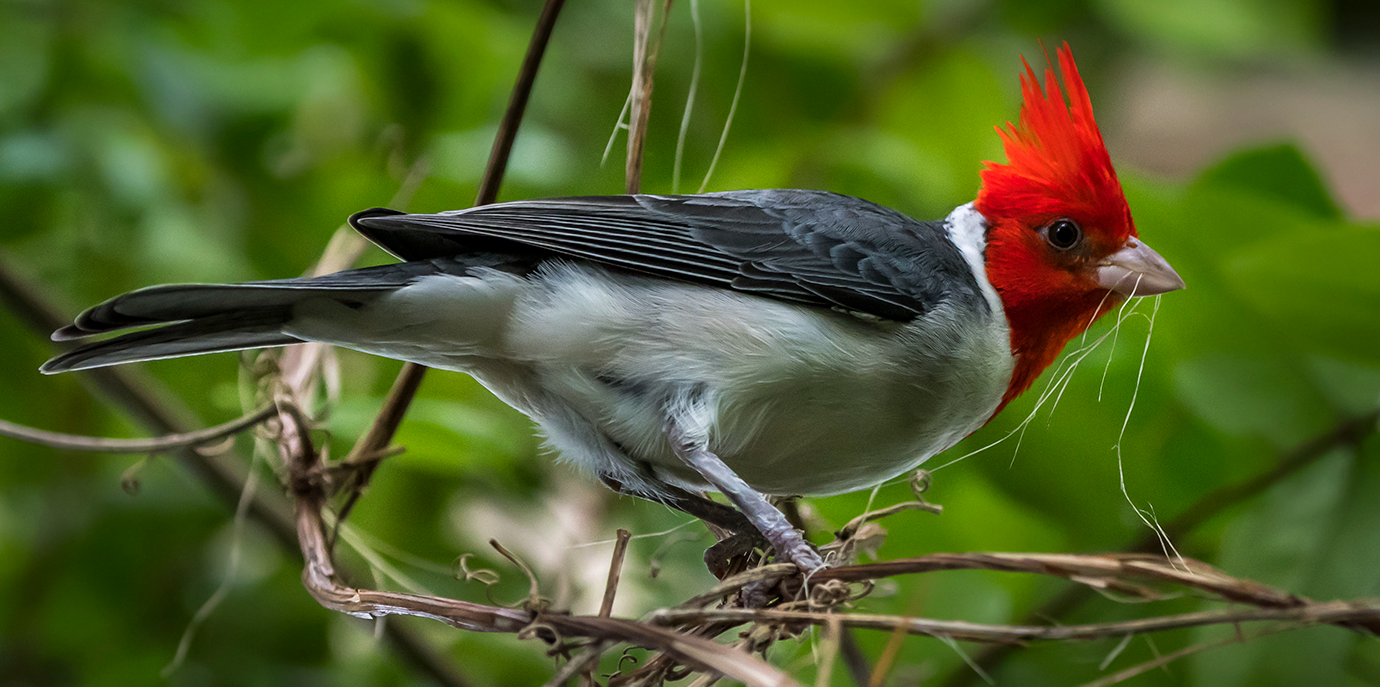
Mating and Nesting Behaviors
Mating Ceremonies
Cardinals are monogamous and structure solid pair bonds. During romance, the male feeds the female as a component of the holding system. This conduct is frequently depicted as “bill to-mouth kissing.”
Home Structure
Female cardinals start to lead the pack in building their homes, utilizing materials like twigs, grass, and bark. The homes are regularly concealed in thick bushes or trees, giving security from hunters.
Egg Laying and Chick Raising
A female cardinal lays 2-5 eggs for every grasp and broods them for around 12-13 days. When the chicks hatch, the two guardians share taking care of obligations, guaranteeing the youthful get a blend of seeds and bugs.
Fun Facts About Female Cardinals
- Symbolism: In many societies, cardinals are accepted to be couriers from friends and family who have died, with the representing maternal love and assurance.
- Vocal Two part harmonies: Female cardinals sing while at the same time brooding eggs, frequently as one with their mate.
- Longevity: With legitimate consideration and a protected climate, cardinals can satisfy 15 years in nature.
Conservation Challenges and Efforts
While cardinals are not currently endangered, they face threats from habitat destruction, pesticide use, and climate change.
How You Can Help
- Support Conservation Programs: Contribute to organizations like the Audubon Society or BirdLife International.
- Avoid Pesticides: Opt for natural pest control methods to protect insects that form part of the cardinal’s diet.
- Participate in Bird Counts: Join programs like the Great Backyard Bird Count to monitor cardinal populations.
Conservation efforts ensure that future generations will continue to enjoy the presence of these magnificent birds.
FAQs About Female Cardinals
- For what reason do female cardinals appear to be unique from guys?
- Their muffled tones assist them with mixing into their environmental elements, giving disguise while settling and safeguarding their eggs.
- Are female cardinals dynamic in winter?
- Indeed, cardinals are non-transient birds and should be visible all year, frequently visiting feeders during cold winters.
- What do female cardinals sing about?
- Their tunes frequently convey settling security or regional limits and fortify bonds with their mates.
- What is the life expectancy of a female cardinal?
- In the wild, female cardinals commonly live 3-5 years, however some can arrive at as long as 15 years in ideal circumstances.
- How would I recognize an adolescent cardinal from a female?
- Adolescent cardinals have a comparable earthy tan plumage yet miss the mark on radiant orange snout of a grown-up female.
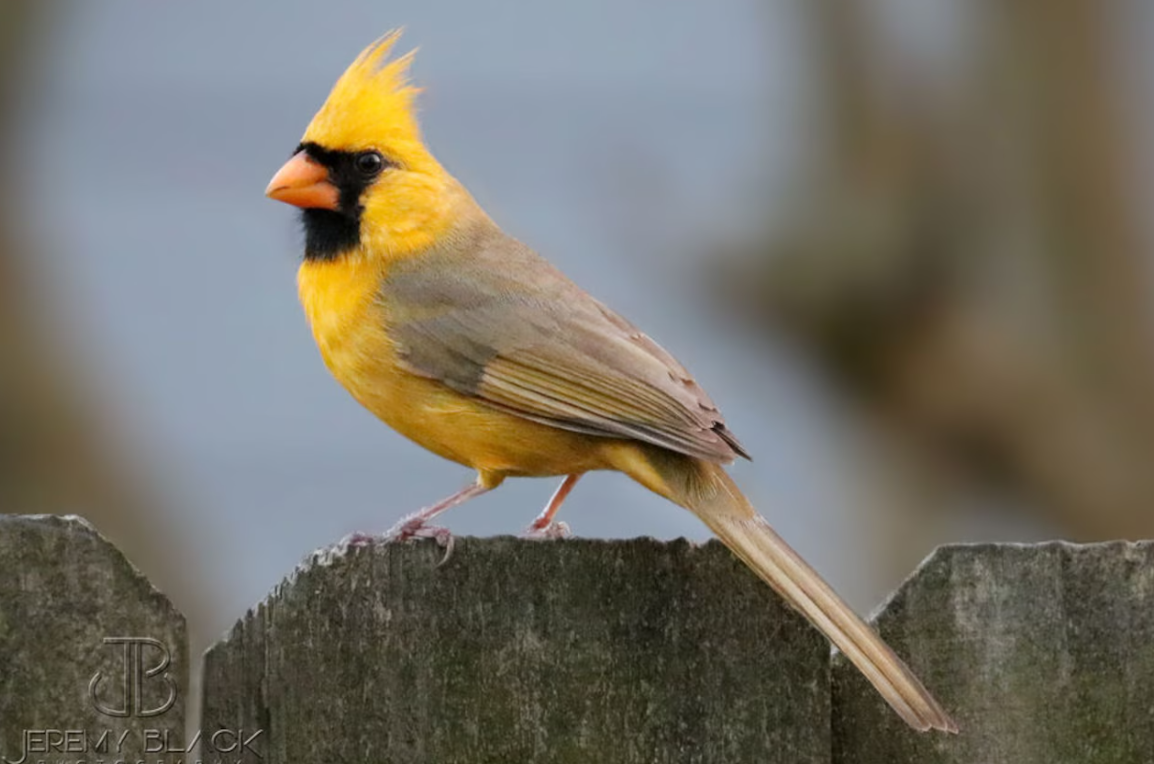
Conclusion
The is an exemplification of nature’s calm excellence and flexibility. From her melodic tunes to her supporting job in raising chicks, she has a fundamental impact in keeping up with the biological equilibrium. Whether you’re a birdwatching fan or a terrace specialist, finding out about and supporting these birds can give interminable pleasure and fulfillment.
For more bird care tips and wildlife insights, visit our pet care hub at Animal Careness. Let’s ensure the beauty of the female cardinal continues to inspire generations to come!
must read

